Renewables Renewables offer a promising solution to combat climate change, harnessing the power of nature's resources to provide clean, sustainable energy for a greener planet.
The 2 Terawatt Solar Milestone
Not long ago, the world surpassed the 2-terawatt milestone of installed solar PV. What’s truly remarkable is that while it took 68 years to reach 1 TW, the jump to 2 TW happened in just two more years, according to the Global Solar Council.
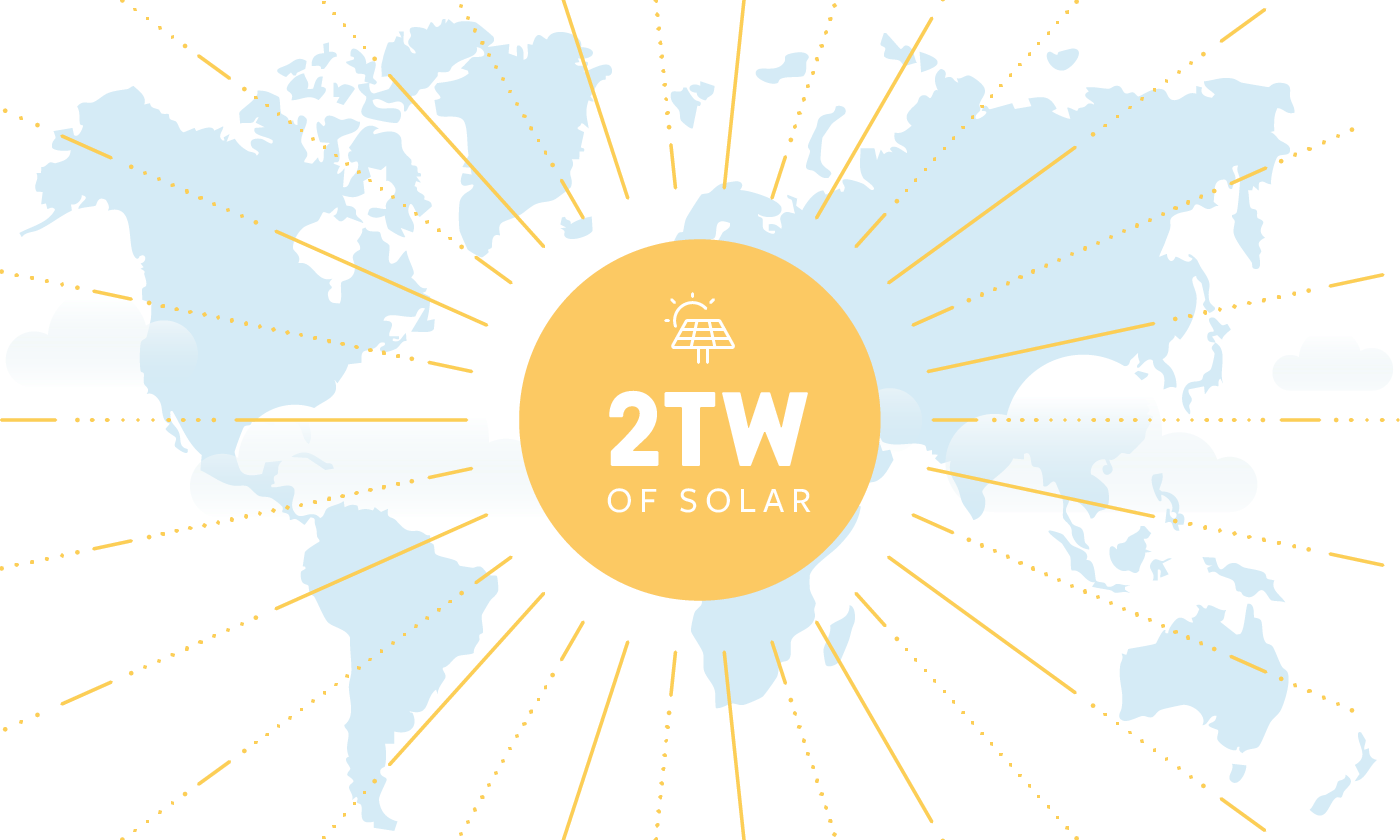
What Does This Mean?
To put this achievement into perspective, 2 TW of solar capacity is equivalent to the total installed electricity capacity of India, the United States, and the United Kingdom combined, enough to power an estimated one billion homes.
Looking at Europe, solar accounted for 11% of the EU’s electricity mix in 2024, surpassing coal. It was the fastest-growing power source, with generation increasing by 22% (+54 TWh) compared to 2023, despite slightly lower solar irradiance. This growth was driven by a record-breaking 66 GW of new capacity additions. As a result, solar became the biggest factor in reducing fossil fuel power in 2024, generating 304 TWh, overtaking coal (269 TWh) for the first time in history.
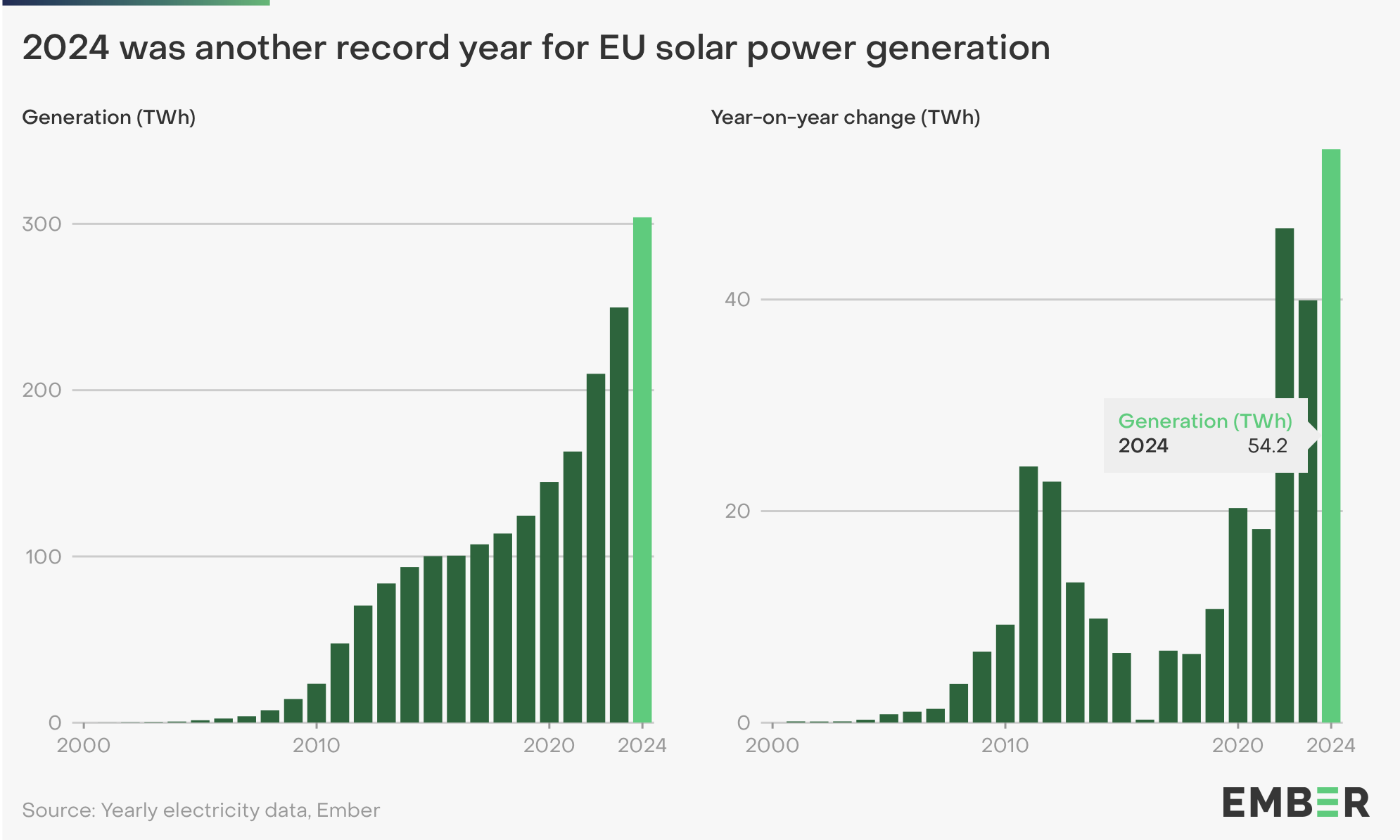
2024 marked a record annual increase in solar generation, up 54 TWh (+22%) compared to 2023, when solar generation had already increased by 40 TWh compared to 2022.
Some 60% of the 2 TW deployed comes from ground-mounted solar farms, while rooftop solar projects make up 40% of the total, the data showed. The rapid expansion of solar technology has driven down costs, making solar the cheapest form of energy in many countries. The 2030 goal for solar power is 8 TW. Solar must now double annual installations to 1 TW per year to meet the global renewables tripling target set at COP28 in Dubai.
For more in-depth data and insights, check out Ember’s European Electricity Review 2025.
Tall Swedish Wooden Wind Turbine
The world's tallest wooden turbine, recently activated by the Swedish startup Modvion near Gothenburg, reaches a height of 150 meters (492 feet) from the ground to the tip of its highest blade. At its summit, a 2-Megawatt generator is now in operation, contributing electricity to the Swedish grid and powering around 400 homes.
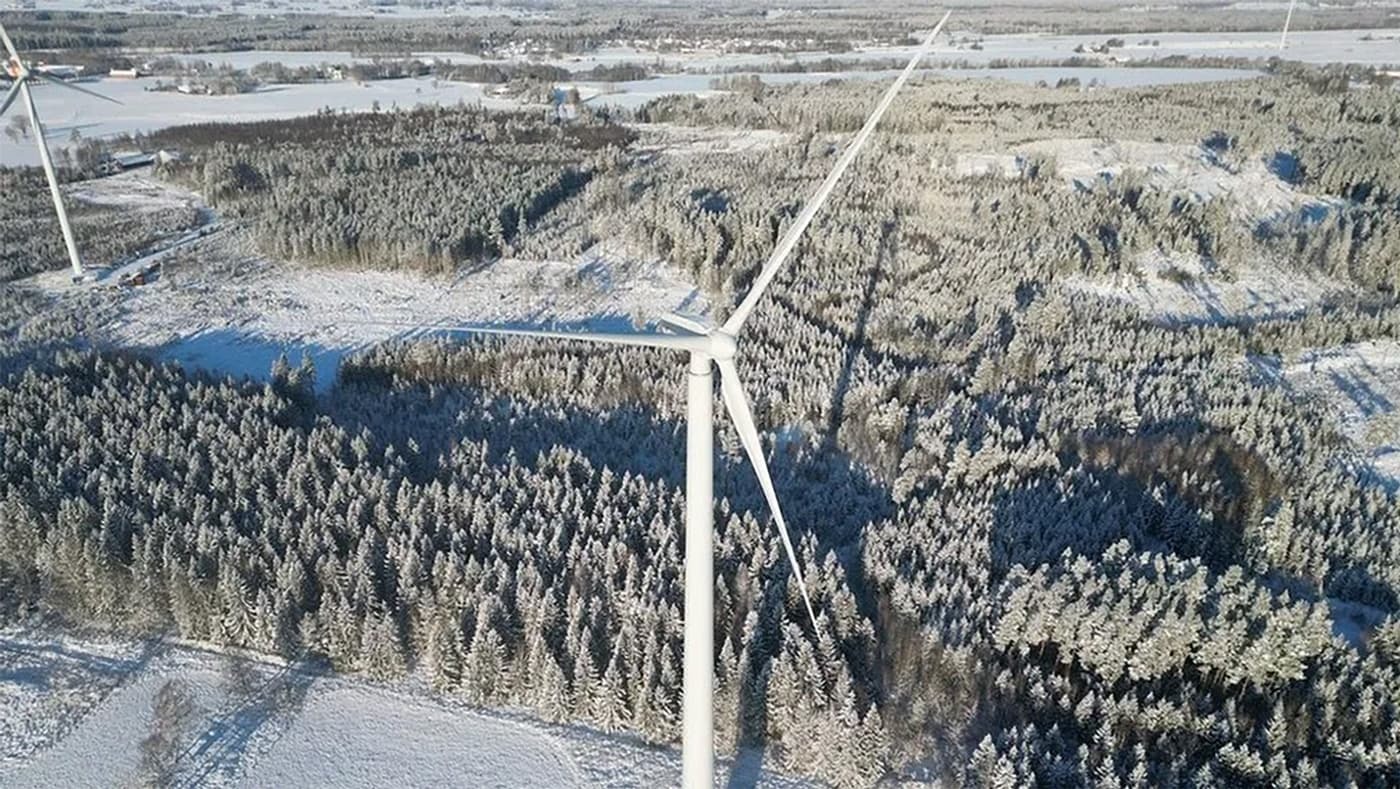
Modvion’s first commercial wooden wind turbine tower has been built just outside Skara, Sweden.
Externally, the Modvion wooden turbine closely resembles its steel counterparts, with both featuring a robust white coating for weather protection. Additionally, they share blades primarily composed of fibreglass, linked to a generator that generates electricity as the blades rotate. However, it is only upon entering the tower that the distinctions become apparent, notably in the form of walls adorned with a curved raw wood finish.
The robustness of the tower emanates from the 144 layers of laminated veneer lumber (LVL) comprising its thick walls. Modvion has adeptly manipulated the strength and flexibility of the walls by altering the grain of each 3mm-thick layer of spruce. The company's co-founder refers to this technique as their "secret recipe".
In the outskirts of Gothenburg, at the factory, the slender layers of wood undergo a process of bonding (glued) and compression to create the curved sections. These assembled pieces are transported to the site, where they are adhered together to form cylinders, subsequently stacked on one another to construct the tower.
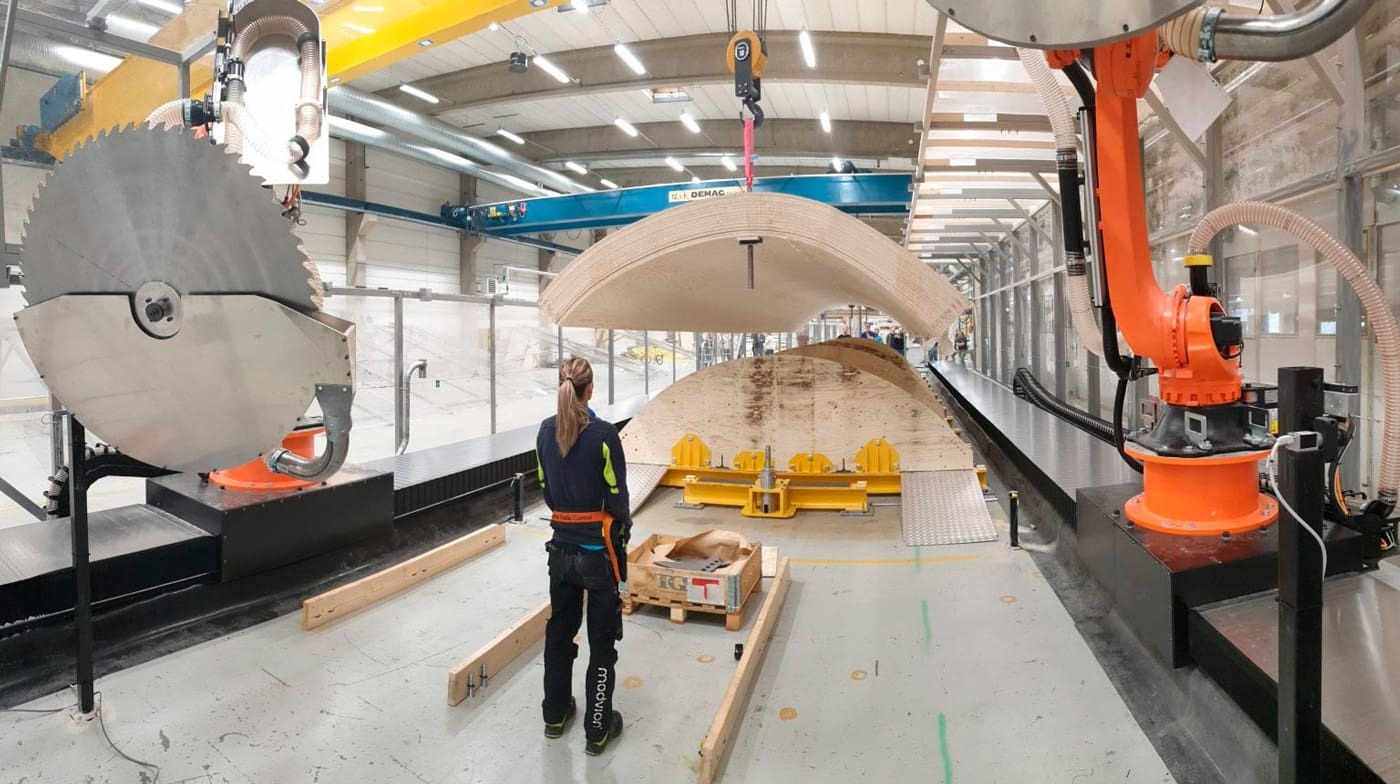
Through the utilization of wood and adhesive, it becomes feasible to construct towers in smaller, more conveniently transported modules. This approach, they assert, will significantly simplify the construction of exceptionally tall towers and facilitate the transportation of components to challenging locations. Modvion has a patented solution, which enables transport on ordinary roads, with ordinary trucks.
Wood enables building higher towers at a lower cost, which makes wind power more efficient since winds are stronger and more stable higher up. That gives you more electricity from each permit to build wind turbines.
The wooden turbine from Modvion not only provides a sustainable alternative but also touts a carbon footprint that is negative in comparison to its steel counterparts. Modvion asserts that opting for wood over steel eradicates the carbon footprint of wind turbines entirely, turning them carbon negative. This is due to trees extracting carbon dioxide from the atmosphere while alive, and when felled, the carbon becomes stored in the wood. The crucial point is that as long as the wood avoids rotting or combustion, the stored carbon remains sequestered. Modvion's tower, crafted from approximately 200 sustainably farmed spruce trees, underscores a dedication to responsible forestry practices.
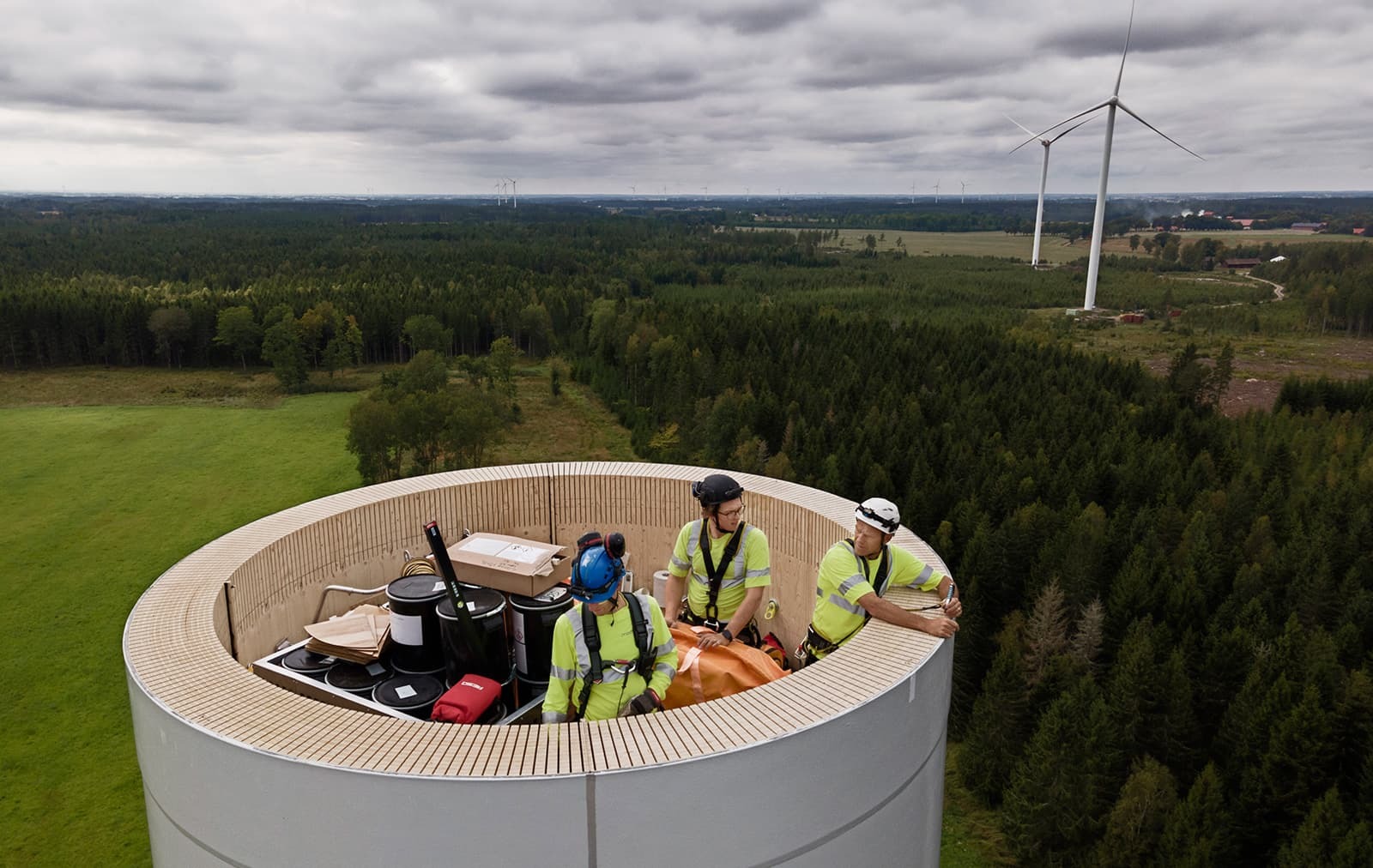
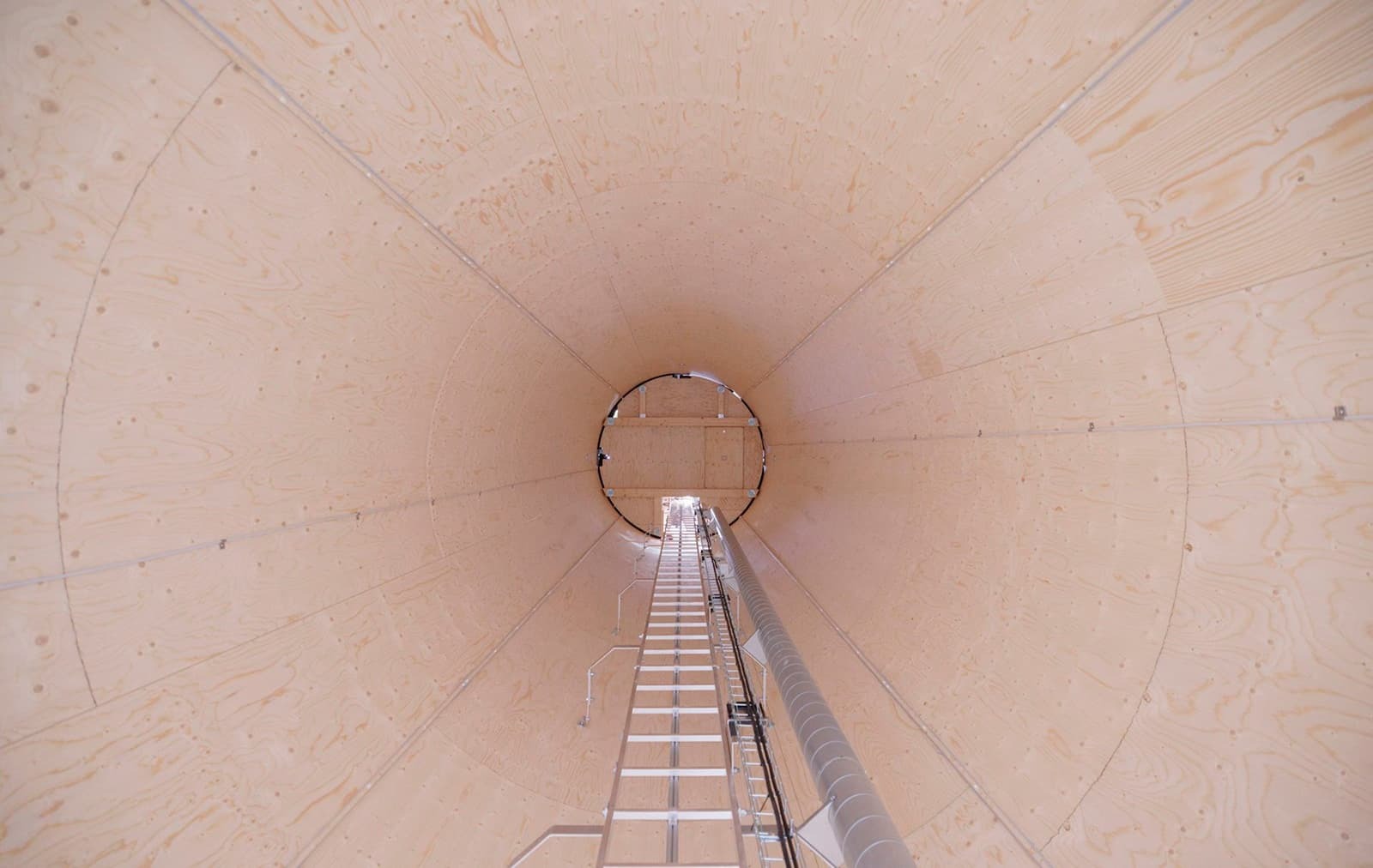
In the future, Modvion envisions constructing even taller turbines and strives to establish a facility manufacturing 100 wooden modular turbines annually by 2027. Their ambitious goals, including a vision for 10% of global turbines to be wooden within a decade, align with the industry's increasing dedication to sustainable energy solutions.
Photos by Modvion

